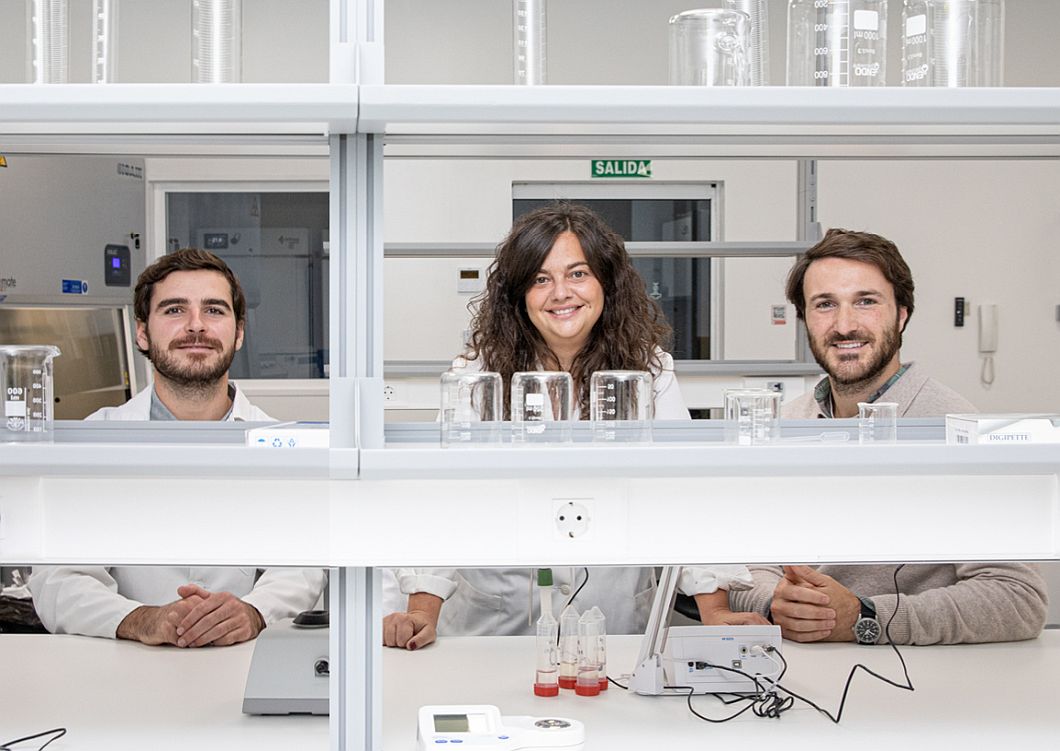In April of this year (2022), a paper was published that demonstrated that patients who had received a lung transplant were experiencing lung transplant rejection due to what appeared to be antibody-mediated rejection.
Antibody-mediated rejection is an endothelial disorder, independent researcher Walter Chestnut wrote. “At long last, I see the bridge to the similarity of Graft vs Host disease and Covid/Long Covid/SPED (Spike Protein Endothelial Disease) … Clearly, it must be the Spike Protein.”
Let’s not lose touch…Your Government and Big Tech are actively trying to censor the information reported by The Exposé to serve their own needs. Subscribe now to make sure you receive the latest uncensored news in your inbox…
Why Covid/Long Covid/SPED Mimics Graft vs Host Disease by Walter M Chestnut
In April of this year (2022), a paper was published that demonstrated that patients who had received a lung transplant were experiencing lung transplant rejection (“LTR”) due to what appeared to be antibody-mediated rejection (“AMR”).
Limited antibody response to messenger RNA (mRNA) vaccines has been reported in LTR, with the majority mounting a response after the 2nd dose. In this series, 3 patients developed new and significant respiratory compromise after their 2nd vaccine dose consistent with antibody-mediated rejection (AMR).
Covid-19 Vaccine Triggered Rejection in Lung Transplant Recipients: A Case Series, The Journal of Heart and Lung Transplantation, April 2022
The operative words above are “consistent with.” However, what, actually, is antibody-mediated rejection? It is an endothelial disorder!
Antibody-mediated rejection (AMR) of solid organ transplants is characterised by the activation and injury of the allograft endothelium.
The Role of the Endothelium during Antibody-Mediated Rejection: From Victim to Accomplice, Frontiers, 29 January 2018
I believe the most critical factor to understand here, is that organ transplantation itself is very disruptive to the endothelium. The endothelium is already damaged, as it is in all risk factors for severe Covid.
At long last, I see the bridge to the similarity of Graft vs Host disease and Covid/Long Covid/SPED. Those who have been following my work will recall the observation I made long ago. Please search my Substack and research website for relevant posts.
Organ transplantation, however, subjects the endothelium to an environment of inflammation, alloreactive lymphocytes, donor-specific antibodies, and potentially complement activation. As a result, endothelial cells become activated and have modified interactions with the cellular effectors of allograft damage: lymphocytes, natural killer, and myeloid cells. Activated endothelial cells participate in leukocyte adhesion and recruitment, lymphocyte activation and differentiation, as well as the secretion of cytokines and chemokines. Ultimately, highly activated endothelial cells promote pro-inflammatory alloresponses and become accomplices to AMR.
The Role of the Endothelium during Antibody-Mediated Rejection: From Victim to Accomplice, Frontiers, 29 January 2018
But what causes this in AMR, if it is not antibodies? It is complement deposition. This is why the authors observed their findings were CONSISTENT WITH AMR.
In the case of renal transplantation, AMR is identified by the presence of circulating donor-specific antibodies (DSAs), morphologic evidence for tissue injury such as transplant glomerulopathy (characterised by reduplication of glomerular basement membranes), and evidence for antibody interaction with the vascular endothelium such as C4d deposition and/or microvascular inflammation.
The Role of the Endothelium during Antibody-Mediated Rejection: From Victim to Accomplice, Frontiers, 29 January 2018
So, as you can see, it is not necessary to have antibody interaction to induce AMR. You need C4d deposition and/or microvascular inflammation. The Spike Protein provides both.
More direct evidence for the contribution of C to tissue damage was obtained from postmortem analysis of 2 lung and 3 skin biopsy specimens of Covid-19 patients that revealed deposits of C activation products C4d, C3d and C5b-9 in the lung inter-alveolar septal microvessels and in the skin vasculature.
Multi-organ complement deposition in Covid-19 patients, MedRxiv, 12 August 2021
Clearly, it must be the Spike Protein inducing this deposition as it is the only viral protein expressed via mRNA vaccination.
So, what is the most important question to ask? What is the most important study we need to perform?
We must learn what happens to the endothelium when exposed to Spike Protein in healthy subjects without any pre-existing conditions or comorbidities.
About the Author
Walter Chestnut has been in the web development and marketing communications industries for almost two decades. He is also an independent researcher on Covid, with a focus on the Spike Protein and Spike Protein Endothelial Disease (“SPED”).
Chestnut is the principal investigator of WMC Research, which explores Covid hypotheses, and he regularly posts articles on Substack which you can subscribe to HERE. In March 2021, he co-authored a paper ‘Could diet and exercise reduce risk of Covid-19 syndemic?’ and in August 2021 he contributed, alongside Luc Montagnier and others, to an opinion published by FranceSoir titled ‘SARS-COV2 would accelerate biological age’.

Source link
Author Rhoda Wilson





